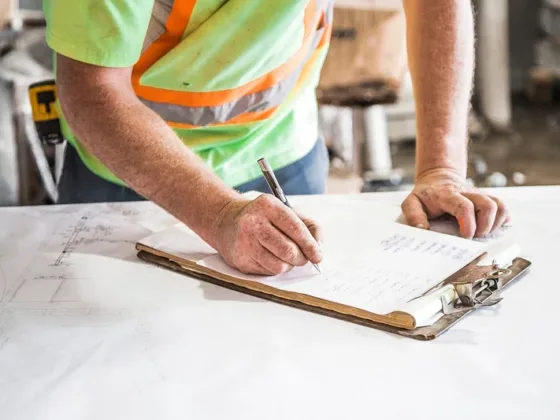Table of Contents Show
Floor heaters are an excellent way to generate enough warmth for your home without overspending on your power bill.
With floor heating systems, you also don’t need to use bulky radiators to keep you warm at home. As floor heaters become more popular, it’s crucial to know how to choose the best floor heating system for your home and make a wise choice.

Here are some tips to keep in mind:
1. Find One That Fits with Your Floor Finish
There are several floor heating systems to choose from. Thus, it’s important to choose one that works well for your flooring material.
For example, tiles and stone can be easily heated by any underfloor heating system because of their natural conductive properties.
For wood floors, you can choose from engineered or natural timber. However, it’s best to choose a thin but dense type of wood that will support the performance of your heating system.
Ceramic tiles and stones are best for kitchens and bathrooms because tiles easily heat up. Stone and tiles can also help distribute the heat throughout your room.
Other floor types such as vinyl and carpeting can be heated effectively by electric and hydronic heating systems. Whatever floor finish you have, there are Heavenly Heat – floor heating systems that are appropriate for you.
2. Check the Warranty
When your floor heating system is already installed, it’s no longer accessible. Thus, it’s crucial to choose high-quality products in the first place.
You’d want to choose a product that provides at least a ten-year warranty on their system. Some manufacturers even provide a lifetime warranty on their services and repair.
Read Also:
3. Consider Adding Insulation
Although floor insulation is recommended for any floor construction, it’s specifically crucial when you plan to use underfloor heating.
Heat radiates in all directions until it encounters a layer of thermal resistance, and without insulation, you’re likely to lose heat as it travels from your heating unit to the floors and through the room.
Thus, adding insulation under the floor heating system minimizes heat lost by conduction and convection, thereby improving the efficiency of your floor heating system.
4. Think About Installation
Underfloor heating system kits are usually easy to install. You can have an electrician, builder, tiler, or homeowner install the system.
However, you must hire a certified electrician to test the heating system and perform the final wirings of the thermostat.
5. Check After-Sales Support
If you’ve chosen a high-quality floor heating system company, you’re less likely to encounter problems after the installation.
However, you may need technical assistance when setting up the thermostat program. Although it’s difficult to make a judgment before your purchase, you can get information about how a company handles after-sales concerns from reviews.
You can also observe how fast they respond to your queries and concerns, whether it’s through email or phone calls.
6. Determine Where to Install Floor Heating
There are other floor heating systems that are installed in most layers of the floor, and you can choose a system that will fit your build. You can choose from the following:
- Under the Floor – There are floor heating options that can be installed right under the floor for any floor finish. This option also provides the fastest heating time. This option will also work when planning to install floor heating during the renovation.
- In-Slab – If you need a system with a fast response, then this system isn’t for you since it will take two to three days to heat up. When the slab is heated, it will then serve as heat back, which will continue producing heat to warm the room. If the temperature increases during the day, don’t expect to pull the temperature down when you switch it off since it would take the same time for it to cool down as to warm up.
- In-Screed – An in-screed system is when you lay a screed before adding or tiling the floor finish. Like the in-slab system, an in-screed system will also make the screed a heat bank that stores energy to heat the room. This option provides a clean substrate for installing your floor finish.
Floor Heating System: Why Choose One
Floor heating systems help warm your home by installing it under your flooring.
Depending on the type of system you choose and the type of home you have, this kind of system is more energy-efficient than using radiator heating. There are also other benefits of using floor heating systems such as:
- Integrates well with your décor
- Can be installed below any type of flooring
- Distributes heat evenly
- Makes your floors more hygienic
Final Thoughts
Make your home warm and toasty by installing an underfloor heating system. There are options to choose from, such as whether you want to install it in one part of the home or all over the house.
Considering the above tips should help you choose the best heating system for you.










